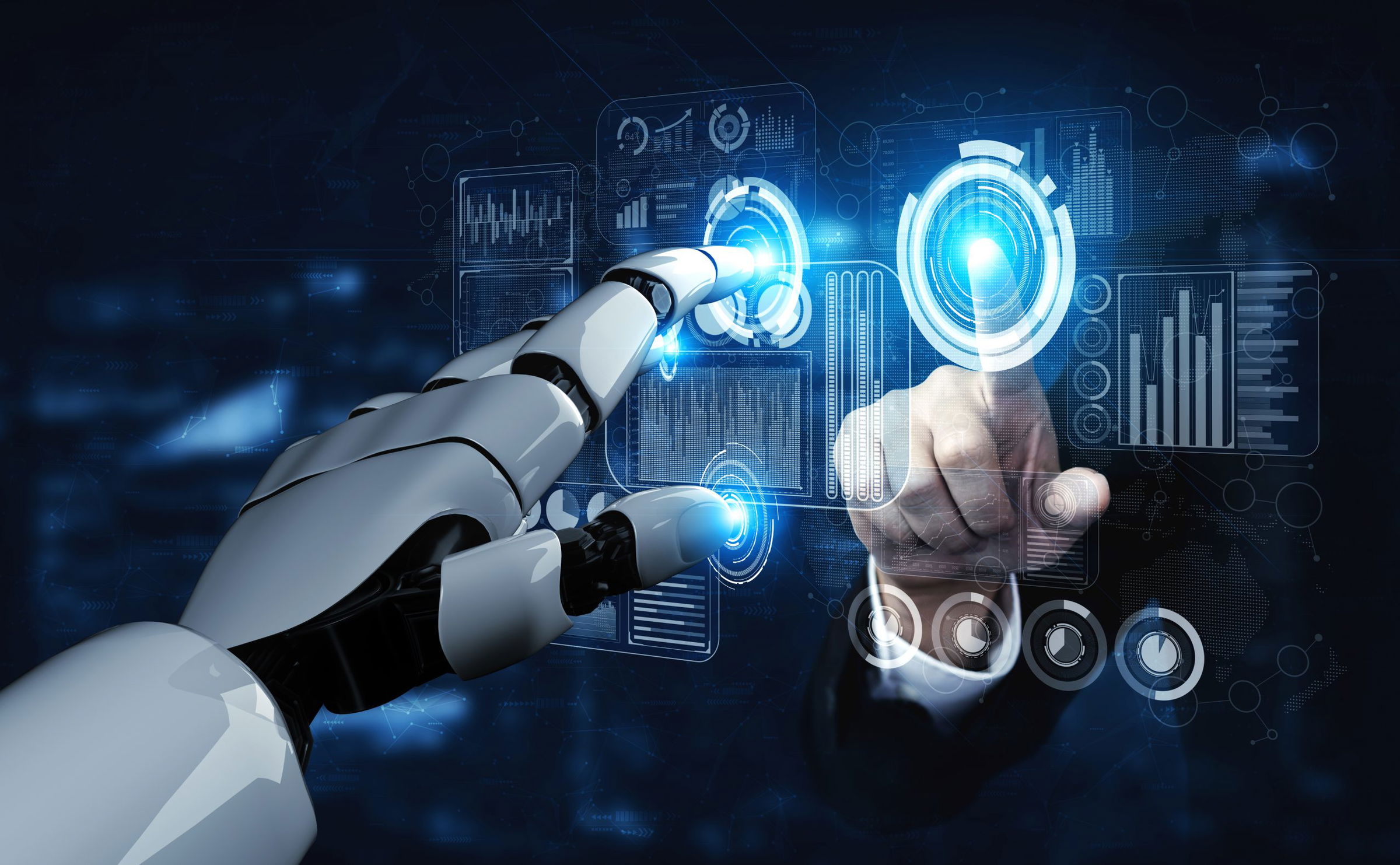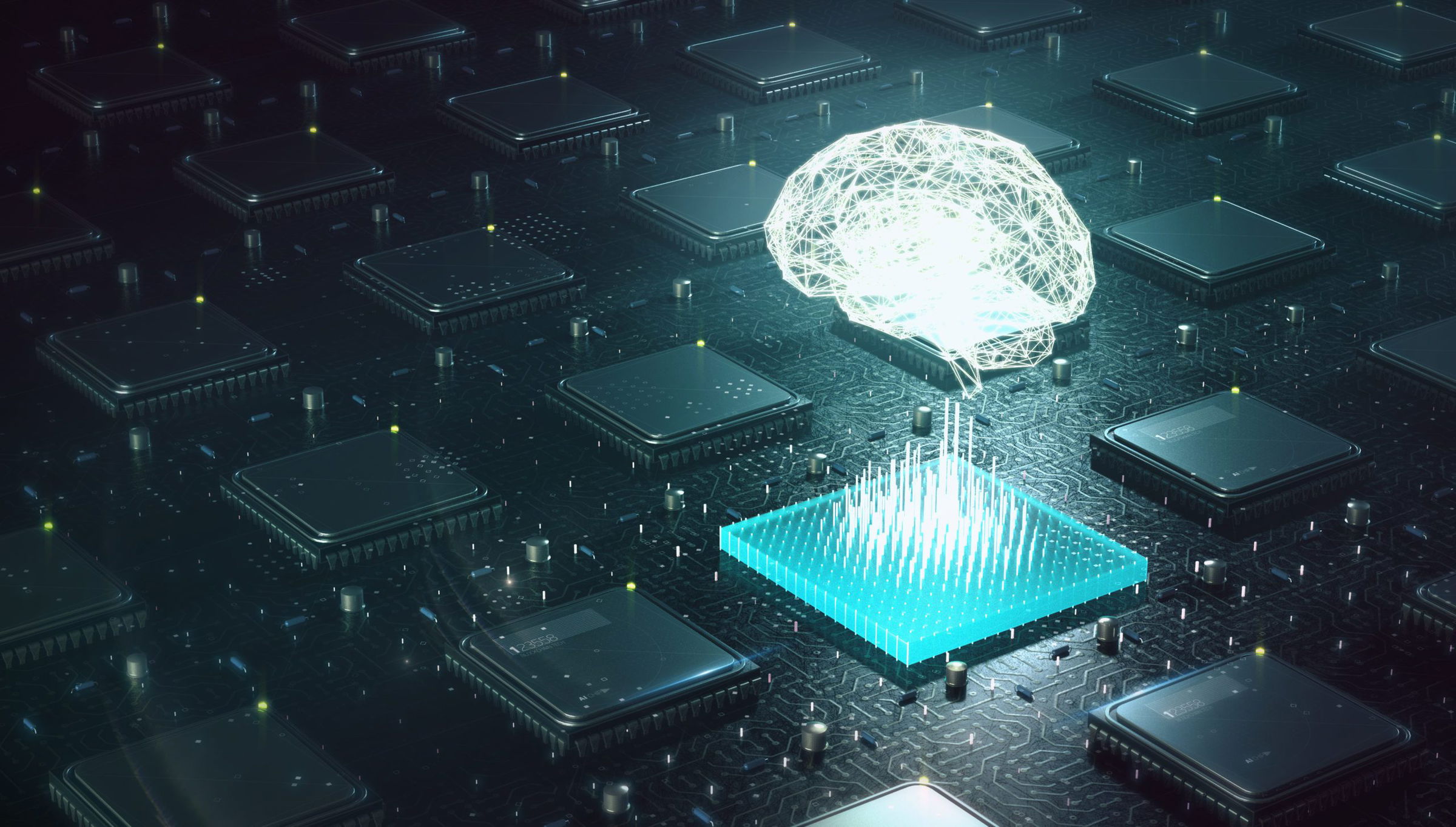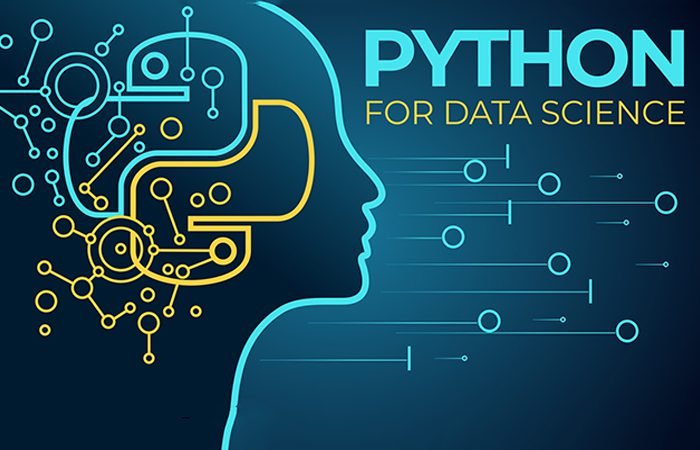The road to Python certification in 2022
Python is one of the fastest-growing programming languages globally and provides multiple job opportunities for developers. However, individuals seeking to enter into a data science field can also opt for a Python certification as this language is one of the easiest languages to learn.
Also, due to its varied usage, it can be coupled with data science and machine learning for multifaceted learning, often meeting industry requirements. Before setting up a suitable Python course, individuals must know a few things to chalk out the Python certification path.
- Know Your Goals
Before settling for a Python training program, it is essential to know the goals beforehand. Although most of the students want to settle for jobs, there might be varied interests due to the exquisite demands of data scientists in the job market. So, sketch a plan and draw a roadmap for the goal.
- Check the Curriculum
After chalking out the proper plan, check the curriculum of the prospective course. This is particularly important as different courses are intended for different individuals. For example, a course that is meant to increase the job opportunity for individuals will have coursework that will need the industry standards. These types of courses will include SQL, Python, statistics, machine learning with Python, neural network and deep learning, and other topics.
- Check Certification Credibility
The credibility of a certificate is also important to note before buying a course. A proper python course should provide a certificate that can secure job assistance. Also, this certificate can be produced for employers so that job seekers can validate their knowledge and showcase their interest in pursuing a career in data analytics.
- Know the Eligibility
Different courses have different eligibilities, and before settling for one, students must check it. For example, most PG programs in data science need basic eligibility with graduation and/or a certain degree of work experience. However, this might not be the same for all courses.
- Get the Learning Pathway
Each course has its own pathway. For instance, courses might have live instructor classes and in-class discussions. Then, it might follow up with self-placed learning and projects with assessments. Furthermore, it might also have a capstone project and provide placement preparation guidance.
Why Python is the Fastest-growing Language?
As mentioned earlier, Python is undoubtedly one of the fastest-growing programming languages compared to JavaScript, ReactJS, and others. This makes it one of the best languages to learn for beginners. However, the best reasons behind it are –
- It is Easy to Learn
Unlike other programming languages, it is pretty easy to learn. The syntax is simple, thus making it more accessible, and it also emphasizes natural language. Also, due to its simplicity and usage, the program can be executed much faster.
- Assistance From Top Corporate Companies
A programming language goes faster when a top corporate giant backs it. For example, Python is heavily supported by Google, Amazon Web Services, and Facebook. Moreover, Google has created a portal dedicated to Python.
- Supportive Community
Since its launch 30 years back, Python has developed a supportive community. The developers have supported it due to its varied usage and simplicity. Also, with the growing demands of Python, online tutorials, books, research projects are available everywhere.
- Machine Learning, Big Data, and Cloud Computing
These three disciplines are trending and are in vogue currently. Hence, as Python can be used in research and development, people often prefer it over other languages.
So, sort your goals first, and then select a course that fits as per the necessity. But, as Python certification is one of the most popular degrees in the data science genre, this can provide you with substantial job opportunities and might lead you to rewarding careers like data scientist, machine learning architect, and artificial intelligence engineer.





 Those interested in
Those interested in 


 This intensive
This intensive 
